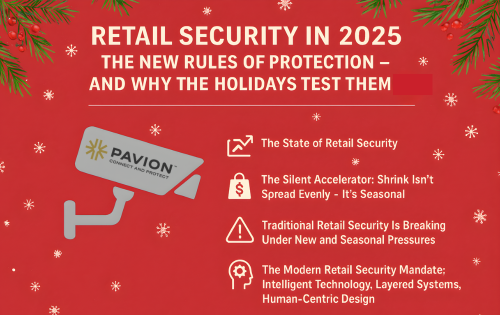Data Center Asset Tracking: Enhancing Operational Security
In today’s high-risk digital environment, data center asset tracking has become a foundational element of data center security. With the proliferation of connected devices and the growing demand for uptime, visibility, and compliance, data centers must go beyond traditional monitoring. Asset tracking is not just about knowing what you own—it’s about protecting what matters.
Why Asset Tracking Matters in a Secure Data Center
As data centers grow in complexity, so do the challenges in managing their physical and digital infrastructure. That’s where data center asset tracking tools come in. These tools offer real-time insights into the location, status, and condition of critical hardware, ensuring secure data center operations at every layer.
Proper data asset management reduces vulnerabilities such as:
- Unaccounted devices creating security blind spots
- Improper decommissioning of old equipment
- Difficulty locating high-value assets during audits
- Compliance gaps in regulated industries
By implementing data center asset management software, organizations can create a single source of truth that drives operational efficiency and enhances security.
Key Benefits of Data Center Asset Tracking
- Improved Physical Security
- Combine asset tracking with surveillance and access control systems to instantly detect unauthorized movement or tampering.
- Increased Uptime
- Knowing where each asset resides minimizes delays during troubleshooting or maintenance.
- Regulatory Compliance
- Maintain detailed audit trails and meet compliance mandates like HIPAA, PCI-DSS, and ISO 27001.
- Better Lifecycle Management
- Track asset age, usage, and warranties to optimize replacement schedules and reduce costs.
- Reduced Human Error
- Automate manual processes that are prone to mistakes, especially in high-density environments.
What’s the Difference Between Asset Management and Asset Tracking?
While often used interchangeably, asset tracking focuses on real-time monitoring—where and what the asset is—while asset management includes the broader lifecycle: procurement, usage, maintenance, and retirement. Integrating both provides a holistic view of your environment, driving more secure and efficient data center operations.
Best Practices for Secure Asset Tracking
If you’re wondering how to strengthen security best practices in a data center, start with:
- Layered Physical Security: The four layers—perimeter, facility, room, and rack—should all be integrated with asset tracking systems.
- Role-Based Access Controls: Ensure only authorized personnel can view, move, or modify critical assets.
- Real-Time Alerts: Use AI and automation to trigger alerts when assets are accessed outside of protocol.
- Integrated Systems: Sync your asset tracking tools with other data center security platforms for better situational awareness.
Choose the Right Tools for the Job
Not all tracking solutions are created equal. The right data center asset tracking tools should offer:
- RFID, BLE, or barcode scanning options
- Cloud-based dashboards and mobile access
- Integration with environmental sensors and surveillance systems
- Scalability for growing infrastructure
At Pavion, we specialize in designing integrated security systems that empower your asset tracking strategy. Our end-to-end approach ensures your assets are always protected, visible, and compliant.
Check Out Our Data Center Security Solutions!
Enhance your visibility, improve compliance, and secure your infrastructure with cutting-edge data center asset tracking and security technologies.
Explore Our Solutions Today


